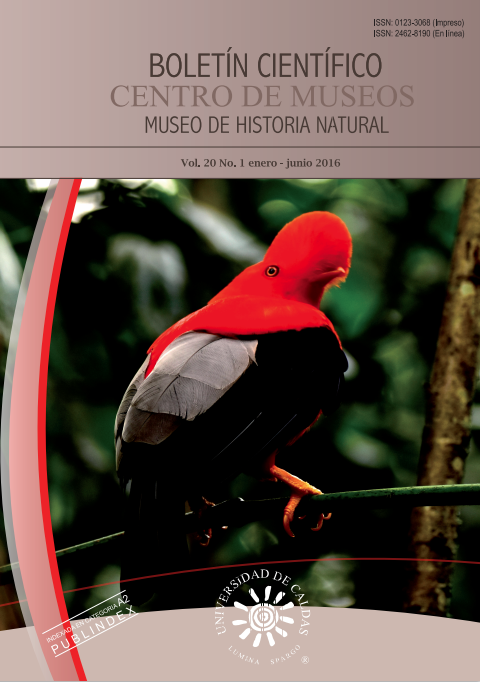Authors
Abstract
The objective of this study was to evaluate the effects of substiting commercial concentrate food forlevels of Californian red earth worm humus (vermicompost) on performance parameters, egg quality and economic viability. A total of 120 ninety weeks old laying hens of the Hy-Line W-36 were used, which were distributed in a completely randomized design with four treatments and ten repetitions of three hens in each experimental unit. Treatments consisted of the substitution of commercial concentrate food by levels of vermicompost as follows: T1: 100% concentrate fooddiet; T2: 90% concentrate food diet and 10% vermicompost; T3: 80% concentrate food diet and 20% vermicompost: T4: 70% concentrate food diet and 30% vermicompost. The quality of the egg and economic analysis parameters were evaluated. The results obtained for productive parameters in the birds do not show differences (P>0,05). The egg quality indicators showed differences (P <0,05) in yolk color and thickness of the shell; as the substitution of concentrate fooddiet for earthworm humus increased the other egg quality parameters evaluated were not altered.It is concluded that the inclusion of replacement levels of concentrated food diet forvermicompost does not alter the production parameters in 90 weeks oldlaying hens of Hy line LineW-36. However the color of the egg yolk and the thickness of the shell decreased as the vermicompost level increasedin the diet. On the other hand, the use of vermicompost in diets for laying hens reduced production costs by up to 20%. Thus vermicompost emerges as a food alternative to reduce production costs for small poultry farmers.
References
BALZARINI, G. M.; CASANOVES, F.; Di RIENZO, I. A.; GONZÁLEZ, L. A. & Robledo, C.W. 2001.- Software estadístico. INFOSTAT. Manual de usuario. Versión 1.Córdoba, Argentina: Editorial Brujas.
BAR, A., RAZAPHKOVSKI, V. & VAX., E. 2002.- Re-evaluation of calcium and phosphorus requirements in aged laying hens. Br. Poultry Science, 43:261-269.
ELAROUSSI, M. A., FORTE, L. R., EBERS. L.&BIELLER,H. V., 1994.- Calcium homeostasis in the laying hen.1, Age and dietary calcium effects.PoultryScience, 73: 1581-1589.
ESCOBAR, C. et al., 1998.- Tecnología para la producción de lombricompuesto. Alternativa para desarrollar una agricultura sostenible. Producción Editorial PRODUMEDIOS.
FAO.,1987.- El minifundio en América Latina. División de Recursos Humanos, Instituciones y Reforma Agraria/Oficina Regional para América Latina y el Caribe, Santiago, Chile.
FENAVI.,2012.- Federación Nacional de Avicultores de Colombia-FENAVI., 192, Feb.
JONES D, MUSGROVE, M.T., 2005.- Effects of Extended Storage on Egg Quality Factors. Poultry Science, 84: 1774-1777.
LAVELIN, I. MEIRI, N., &PINES, M., 2000.- New insight in eggs hell formation. Poultry Science, 79: 1014-1017.
ROMERO, R.,1999.- Alternativas de alimentación sostenible en la producción avícola. En: Memorias del I seminario internacional sobre avances en nutrición y alimentación animal.Medellín: Universidad de Antioquia.
UNDERWOOD, E., & SUTTLE, N., 2001.- The Mineral Nutrition of Livestock. CABI Publishing, London, U.K.
YESILGAB, D., 2005.- The effects of humic acid on egg production andegg traits of laying hen. VeterináríMedicína, 50: 406-410.

 PDF (Español)
PDF (Español)
 FLIP
FLIP






















